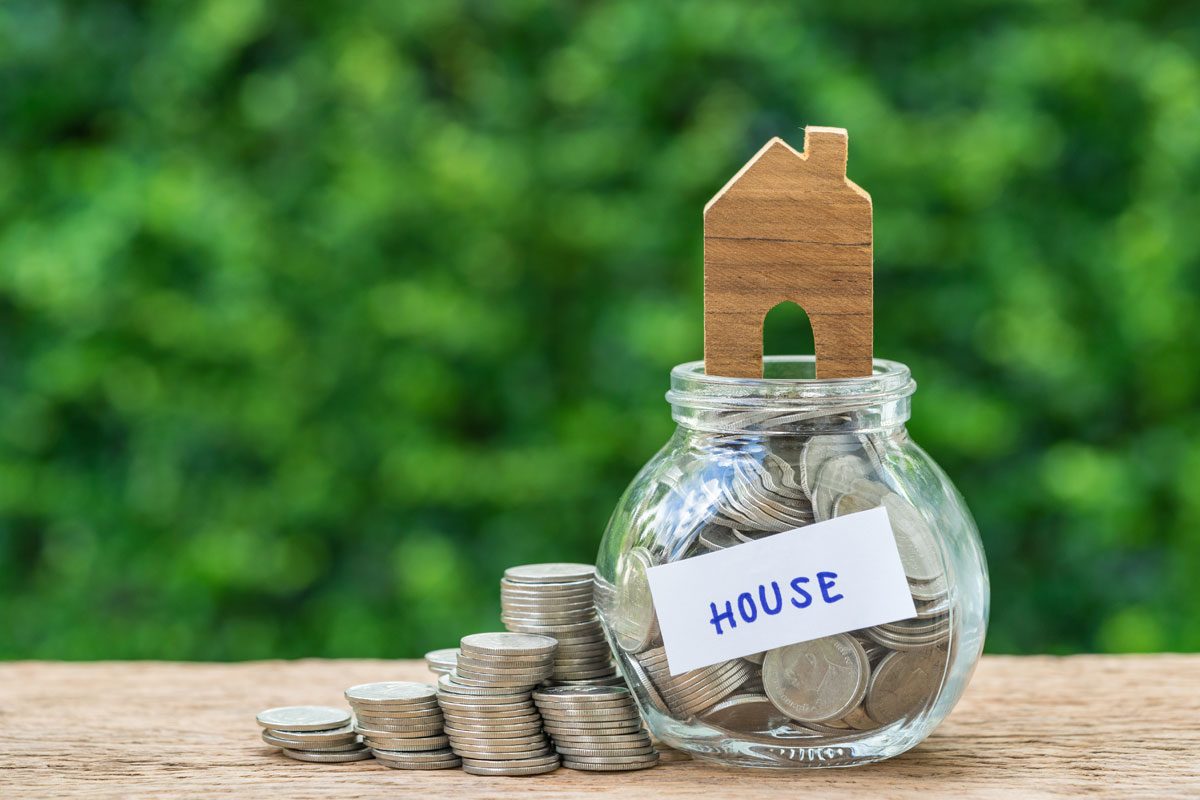Homeowners Insurance vs. Private Mortgage Insurance
What is the main difference between homeowner’s insurance and private mortgage insurance? We are here to help you differentiate between them and find the best insurance for your home.

If you’re in the market for buying a home, there’s a whole slew of financial terminology you’re having to concern yourself with. Along with your mortgage, there are extra fees that you have to factor into your budget like homeowner’s insurance and private mortgage insurance or PMI. It’s crucial you understand these terms, and that you don’t confuse the two.
When we hear the word insurance, we generally assume it’s something we pay that helps us in the long run, like car insurance in case of an accident, or medical insurance that make your bills slightly more affordable. So, what’s the difference? homeowners’ insurance benefits you just the same as those, but your PMI only benefits the lender. Let’s break it down.
What is Homeowners Insurance?
Homeowners insurance is all about you...but it’s still required by mortgage lenders. It’s relatively inexpensive, and with a mortgage with an escrow account, your lender even pays the premium for you, but even so, sometimes we forget about its importance. Home insurance pays you to cover the cost of damages to the structure of your home.
How Much Does Homeowners Insurance Cost?
The cost of your insurance will be specific to you, depending on the plan you choose and the size of your home, but the annual premium can be anywhere between $300 and $1,000, and while this is typically paid monthly, some lenders can require you to pay the full annual premium before completing your mortgage settlement.
How Does (and Doesn’t) Homeowners Insurance Help Me?
Homeowners insurance can cover many things, all depending on your plan and where you live, but it can save you financially in the event of damage to your home or belongings caused by fire, stolen or damaged items, and even injuries endured by either yourself or another person that happen on your property. (Injuries including a lot of things here: even emotional injuries like slander or libel at times.)
Unfortunately, homeowners’ insurance can’t cover it all. The big thing it won’t cover is flood damage, unless you pay up a big sum because your new home is in a federally designated flood area. Most insurance agencies can provide this for you, or you could check out the National Flood Insurance Program - which can add an additional $250 to your monthly housing costs. They do this to make the everyday insurance more affordable to the average joe living peacefully outside of flood zones.
You’ll also have little to no coverage on certain natural disasters like hurricanes, tornadoes, hail, and earthquakes, again, unless you add more to your policy. And although you are protected in the event of a robbery, there are limits to how much the insurance companies will cover, so take caution if you have lots of fancy technology or expensive heirlooms or jeweler. You can combat all of these uncovered factors by installing sturdier roofs or storm shutters to protect against many disasters, as well as installing more advanced security systems, fire alarms, and deadbolt locks to make the inside of your home safer. These can reduce costs on your plan, but ultimately just keep you better protected in the long run.
What is Private Mortgage Insurance?
Where homeowner’s insurance is intended to protect yourself, PMI exists to protect the lenders. You’re a risk to them financially, so to combat that risk, they will own a portion of your home until you’ve paid off the loan completely, but they still lose a lot of money in the event of a foreclosure. Because of this, if your credit score isn’t looking too hot, for example, making you seem less likely to make all your home payments, the bank is going to make you buy PMI so that they can avoid losing money when your house gets taken away. Pretty negative, we know.
How Do I Know if I Require PMI?
Generally, homeowners are required to pay PMI any time their down payment on their home is less than 20% of the full purchase price of the home, indicating right away that paying for the home could be a struggle. The lender wants to know that you have a stake in the property, and here’s what that means:
If you only make a down payment of 5-10% of the home, you technically only own that much of the house, causing less damage to you and more to them should you not make all your payments. You’re also just proven to be more likely to make payments on your home the more invested (literally) you are into it because, like the bank, you own more of the property.
How Much Does PMI Cost?
Never a fixed number, your Private Mortgage Insurance is generally between 0.5-1% of the entire loan amount. But with the average cost of a home falling at around $200,000, that means you could be paying up to an additional $200 a month on your home payments, and to top it all off, it isn’t tax-deductible. How do we find this amount? PMI is determined based on a number of factors:
- The length of your mortgage (Did you choose the 15-year payment plan or 30-year payment plan?)
- The type of loan you received (Read more about all the types of loans in Mortgage 101)
- The “loan-to-value” (The amount of the loan divided by the value of the property. Anything above 80% will increase your PMI.)
- Your credit score (Read more about how your credit score affects your mortgage)
Luckily, because the PMI isn’t fixed and is calculated based on your mortgage, when you have less of a balance to pay on your loan, you’ll have less to pay on PMI.
How Do I Get Rid of PMI?
The hot question of the hour is how to stop paying this fee that costs as much as a small car loan. There are a few ways to do this:
- Simply make your mortgage payment on-time. As said above, once you pay off a certain balance on your loan (specifically, once your loan-to-value is less than 80%), you can request PMI cancellation by contacting your lender. Or, once it falls below 78% or you’ve reached the halfway point in your term (7.5 years on a 15-year payment plan or 15 on a 30-year), it’s required to be cancelled. This is the easiest way, but also the slowest.
- Refinance your mortgage.
- Increase the value of your home with upgrades, either to sell, pay off the mortgage and eliminate your PMI, or just to decrease the loan-to-value ratio, eventually eliminating the PMI.
Or, How Do I Avoid PMI Altogether?
The easiest way to avoid PMI is by paying a 20% down payment upfront. But we realize that this isn’t always an option for everyone, so you can always try a combination mortgage in which you take out a loan on 80% of the property, followed by a second loan of 10-15%, and putting that final 5-10% down on your own. The only catch? This often will only work for people with strong credit history, as you’re making quite a few borrowing commitments at once.





